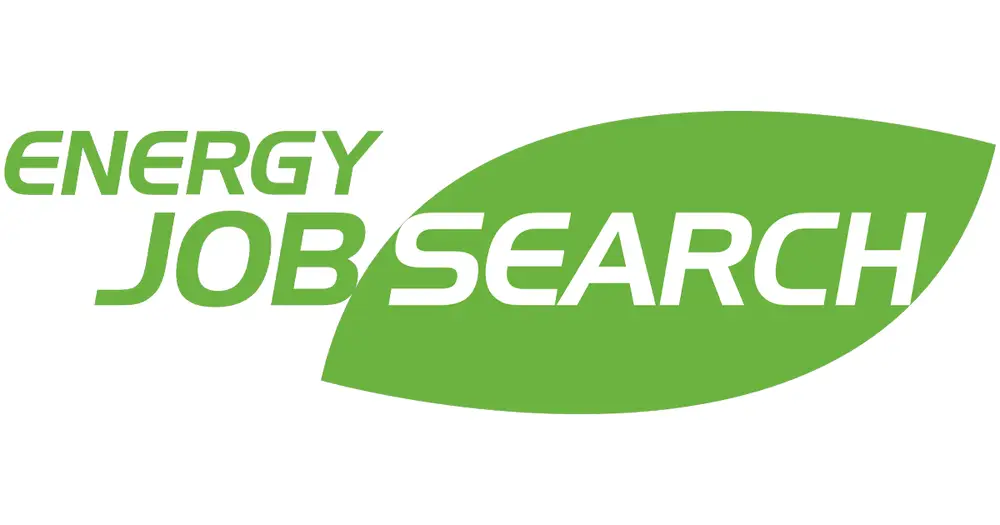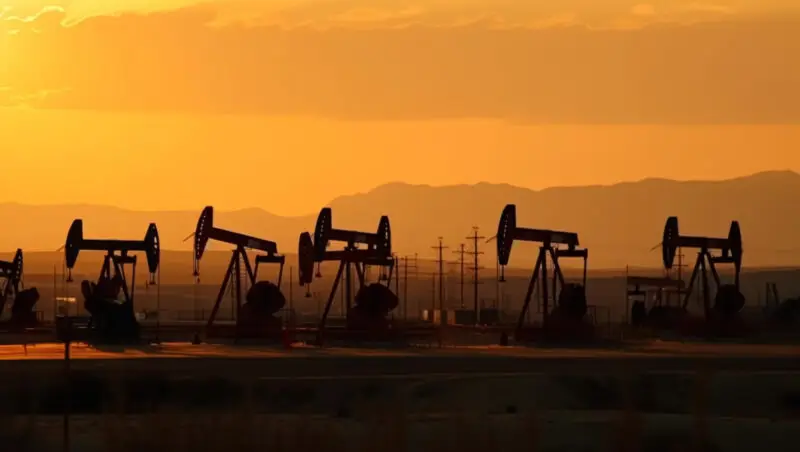Oil rigs are highly complex pieces of engineering, with several components and subcomponents.
There are many different misconceptions about how oil rigs are built, with many people believing they are built out at sea. Even if it’s something you haven’t really considered before, you may be surprised to hear that it’s a lot more simple than you might think.
What is an Oil Rig?
An oil rig is a large structure used to extract and process petroleum, crude oil and natural gas beneath the seabed. These are then taken to facilities where the oil, gas and water are all separated, before being shipped off to feed fuel-thirsty industries.
Electricity, heating, transportation, manufacturing and food preparation, among other industries, are some of the most common uses of oil.
“Oil rig jobs are in high demand and with many fantastic benefits of this career.“
Since the first known offshore drilling started in Azerbaijan in the 19th century, oil rigs have become far more portable and can be transported from one drilling site to another. Once an oil rig has pumped all oil available, it is then towed to its next destination.
Some of the common types of oil rigs available includes:
- Fixed Oil Rigs (attached to the ocean surface with concrete)
- Semi-Submersible Oil Rigs (float on the surface of the water)
- Tethered Oil Rigs (anchored to the ocean floor to eliminate movement)
Building Oil Rigs
Many years ago, oil rigs were stationary and were extremely difficult of being transported. However, modern oil rigs are far more mobile and can be easily moved from one location to another.
Oil rigs take around two to three years to build, on average. They are built at port cities and then towed out to sea to the desired destination. The oil rig is then anchored down to the sea bottom or, alternatively, is placed above concrete or steel legs which are directly anchored down.
The Benefits of Working on Oil Rigs
Oil rig jobs are in high demand and with many fantastic benefits of this career, there’s no surprise that all kinds of people from all walks of life are looking for oil rig jobs.
Just some of the fantastic benefits of working on oil rigs include:
- Ability to travel the world and meet new people
- Competitive salary with large financial rewards available
- Fantastic benefits (including accommodation, healthcare, and life insurance)
- A large variety of skill sets, meaning that you can take advantage of a good job variety
- Work is carried out in extended stretches, for example, six months is spent on the rig, then six months of ‘vacation’ time
Get an Oil Rig Job with Oil & Gas Job Search
Interested in an oil rig career? Unlike many alternative career paths, there are various ways to land a job on an oil rig. It depends on your level of education, your experience, and your skill sets. Take a read of our guide, How to Get a Job on an Oil Rig, to find out more.
At Oil & Gas Job Search, we have an incredible list of job opportunities that are waiting for you to apply to! Looking for a specific country to work in? We’ve got that too – you can browse by categories of your choice to find the perfect job for you.
Whether you’re after an oil rig job or mechanical engineer job, we have plenty of choices in this industry. Create an account with us today and get your CV out there! Alternatively, if you have any queries, you can always contact us and we will be happy to help. Good luck job hunting!








